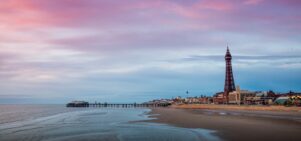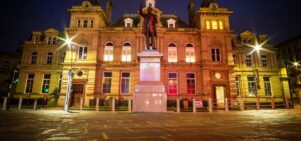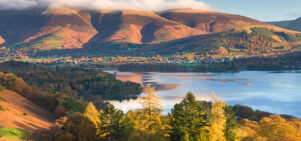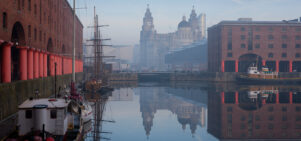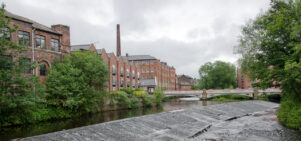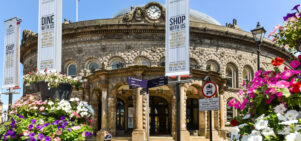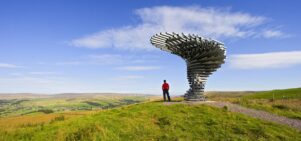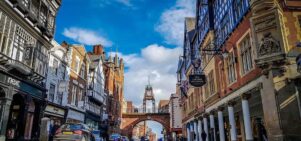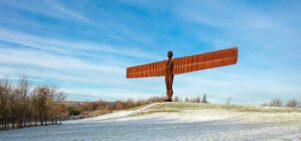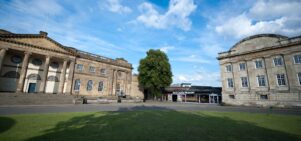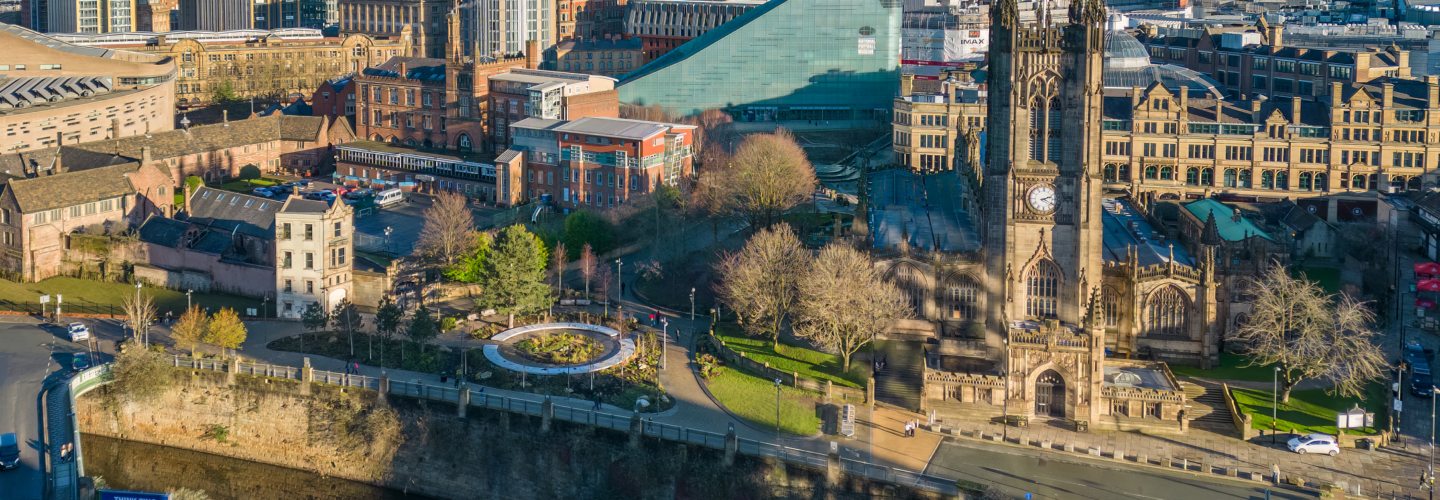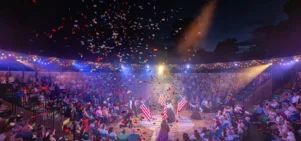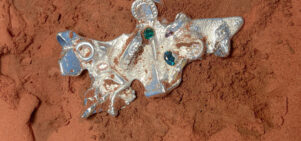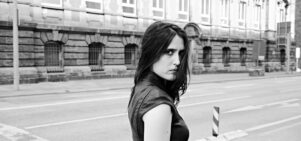Martin Parr & Tony Ray-Jones: A photographic relationship
Andrew AndersonAn exhibition puts Martin Parr side by side with his earliest inspiration: the work of Tony Ray-Jones.
It is said that fewer than fifty people saw the Sex Pistols play their legendary gig at the Free Trade Hall, but that everyone who did formed a band. A similar inspirational influence is attributed to the photographs of Tony Ray-Jones, whose short career (Ray-Jones died of leukaemia aged just 30) had a huge impact; his pictures of everyday English life redefined what subjects were suitable for serious photographers. One of the converts to his fresh thinking was Martin Parr, whose early images echoed that of Ray-Jones as he documented a dying way of life in Hebden Bridge. Now, an exhibition called Only in England at the Walker Art Gallery in Liverpool brings the two together: the black and white pictures of master and apprentice are being shown side by side.
Photographs of master and apprentice are being shown side by side
Tony Ray-Jones grew up in the cultural climate post-World War II, a time of commotion in the national psyche. As the tide of American consumer technology swept in, so the old English way of life was washed away – and it was this that Ray-Jones decided to document. During the late 1960s, he travelled up and down the country in a campervan, collecting moments as he went. The results detail a certain idea of Englishness; a nation of eccentrics living their lives under melancholic skies. Subtle, affectionate and funny, the pictures were the result of many hours of research and preparation – a thought-out story rather than throwaway moments. “They are cinematic in their quality,” says exhibition curator Greg Hobson, “he shows so many narratives in a single scene.”
Martin Parr was introduced to the work of Ray-Jones during his studies at Manchester Polytechnic (now MMU) and was inspired to attempt a similar – albeit smaller – project of his own during the early 1970s, which he called The Non-Conformists. In his home of Hebden Bridge, Parr set about photographing the transition from failing mill town to flourishing creative commune, finding his own voice by speaking the language Ray-Jones had created. “His work was a microcosm of what Tony Ray-Jones had done across an entire country,” says Hobson. “He captured the last generation to live that way.” These pictures are the only ones Parr has taken in black and white; he subsequently converted to colour and, in doing so, became a pioneer in his own right.
Taken together, the photographs show a lost era of innocence, one that was infused with a sense of collective community. While loving and humorous, there is also something sad about the pictures, a wistful quality not dissimilar to the feeling one gets during the dying days of summer. The two works complement one another, says Hobson: “Parr’s work is affectionate and inward looking,” whereas Ray-Jones “was more outward and expansive. There’s a genuine relationship between them…and I never tire of looking at them.”
